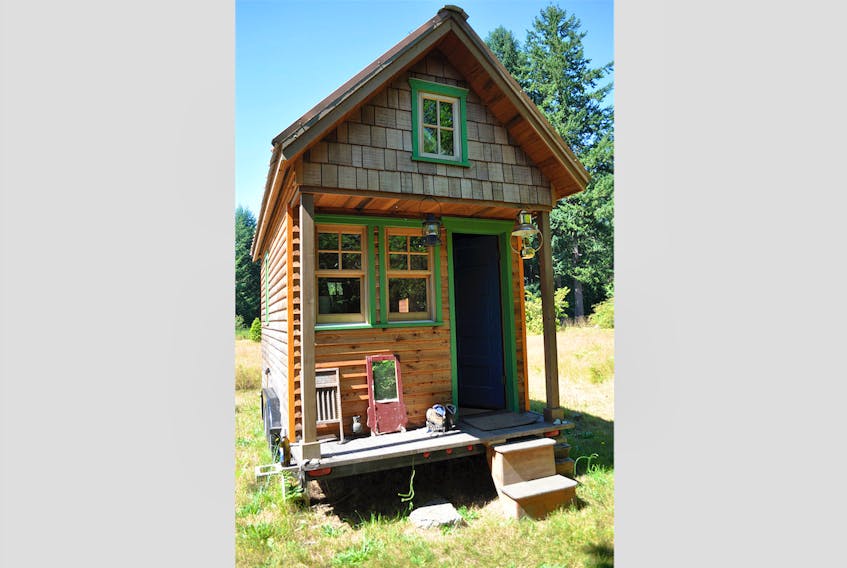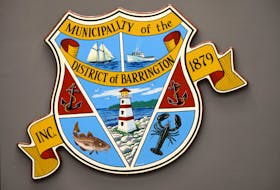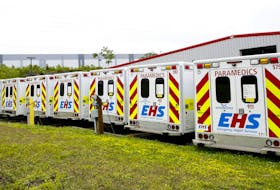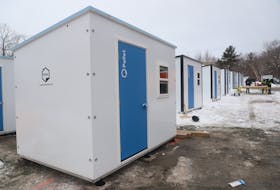YARMOUTH - Tiny homes, in all their various shapes and sizes, are a popular topic in development offices across Nova Scotia.
Building codes applying to the small structures were discussed at the Municipality of Yarmouth’s Oct. 10 committee-of-the-whole meeting.
Discussion on tiny homes at 36:40 in video.
Sometimes many styles are referred to as tiny homes, looking like small cottages or being extremely small. A common element is they are generally smaller than your average home.
Director of development and inspection Roger Devine presented information on tiny homes.
“They kind of lump everything into one group because it’s a nice catchphrase these days,” he said.
“There are also structures on wheels that are referred to as tiny homes and some with no wheels that are referred to as tiny homes. Sometimes a modified shipping container is called a tiny home.”
The way development offices deal with tiny homes at present is by using rules set by Nova Scotia Building Code Regulations along with the Nova Scotia Building Officials Association.
These state that if a structure is on wheels, it is simply classified as a vehicle such as an RV (recreational vehicle) or a camper trailer and development offices do not have any jurisdiction over them whatsoever.
“If the structure is not setting on wheels then we apply the building code to that structure. That’s where some of the difficulty comes in, in trying to satisfy the requirements of the building code,” said Devine.
One of the things that the building code requires is code-compliant stairs. If a little loft is planned for the tiny house, the code only allows a full-size stairway.
There is also a minimum height in the building code that must be satisfied for ceiling heights. A certain amount of insulation must be fitted in the walls, which reduces the size of the interior of the tiny home.
There’s also a requirement for mechanical ventilation, for example an HRV or similar equipment.
Any windows in sleeping areas would have to be egress windows, meaning large enough to jump out of, unless everything is in one room, in which case a door would suffice. There are also requirements for doorway sizes.
If a building is going to be built on wheels and brought to a site, Nova Scotia Power will not allow power to be hooked to the building unless it’s had wiring permits and wiring inspectors throughout the construction.
Owners of tiny homes on wheels that are parked on a lake lot should check with Department of Environment for requirements. Those requiring power would also have to deal with Nova Scotia Power to get the proper wiring inspections and permits.
Tiny homes that are going to create black or grey water that are not going to be removed from the site would have to get approval from Environment to develop a system that meets regulations.
Devine closed by saying that the building advisory committee and fire marshal’s office are discussing relaxing regulations for tiny homes but it hasn’t happened yet.
“It may be that they require a different type of stairway that fits into a tiny home or a bit less insulation, but it hasn’t been approved yet,” said Devine.









